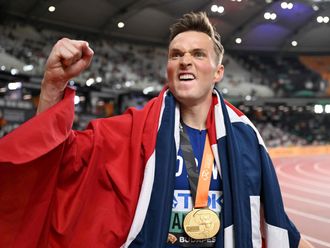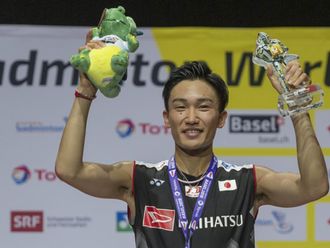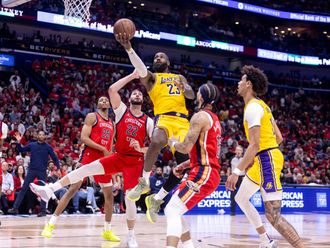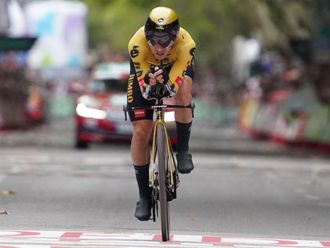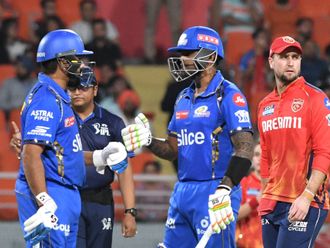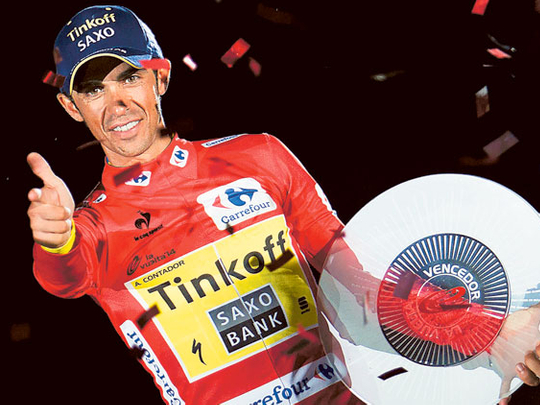
Santiago de Compostela, Spain: Alberto Contador’s Vuelta a Espana victory was not just significant for this season, but also helps to set up a potentially thrilling 2015 Tour de France.
As long as no-one suffers any debilitating injuries, next season’s Tour de France could see the three reigning Grand Tour winners lining up alongside 2013 Grand Boucle winner Chris Froome in perhaps the most mouth-watering field in years.
Tour champion Vincenzo Nibali will be back to defend his title, while Giro d’Italia winner Nairo Quintana will attempt to go one better than his debut second place in 2013.
Add to that pair Contador and Froome, and the stage will be set for a crowd-pleasing battle.
And that was very much what was in store at this year’s Vuelta, won by Contador after an epic challenge from Froome.
If anything, the Vuelta line-up was the best of the three Grand Tours this year, despite the absence of Nibali.
Once Contador and Froome crashed out of the Tour, Nibali had no peers to threaten his yellow jersey procession.
But in Spain, even though Quintana crashed out and Rigoberto Uran later also left the race with bronchitis, Contador, Froome, Alejandro Valverde, Joaquim Rodriguez and Fabio Aru produced a tantalising race.
Valverde and Rodriguez may be coming towards the end of their careers, while Aru can still improve considerably, but the three of them provided strong opposition that brought out the best in Contador and Froome.
That the Briton finished runner-up should not detract from the fact he will probably line up as favourite at the Tour next year.
Froome is a bigger, heavier man than Contador and perhaps took longer to recover and rediscover top form following their respective Tour crashes.
Both broke bones in their bodies and, although Contador was the one who was supposed to miss the Vuelta, he actually arrived in better shape than Froome.
Those two were supposed to go head-to-head at this year’s Tour, with Nibali seen as an outsider, yet the Italian’s dominant performance suggests he is a lot closer to their level — and perhaps even above it — than was previously assumed.
The enigma at the Tour could well be Quintana, widely regarded as the best climber in the peloton.
He has developed a habit as a slow starter in Grand Tours before coming on strong in the final week.
That was what helped him gradually climb up to second place at the 2013 Grand Boucle from eighth after the first mountaintop finish.
Similarly, at May’s Giro he was more than 3min 30sec behind Uran following the individual timetrial in the second week, but in the third week he dazzled in the mountains and streaked to victory by more than 3min.
He was also wearing the leader’s red jersey at the Vuelta before a crash on the first individual timetrial saw him lose 4min. He went down again the next day and pulled out of the race.
Once again, in the first uphill finish, he had been unable to follow Contador, Valverde and Froome but three days later he was the one putting time into most of his rivals to take the overall lead.
Quintana will need to take time out of the others in the mountains when the Tour comes around as he does not have the same power in the timetrials.
Froome, if he rediscovers his best form, should have the edge against the clock, but both Contador and Nibali have improved in that respect and can expect to limit their losses.
And, as both have proved this year, they have a turn of pace in the mountains that Froome cannot necessarily match.


